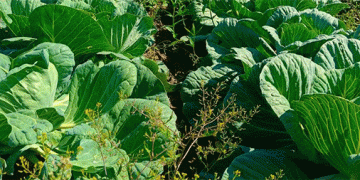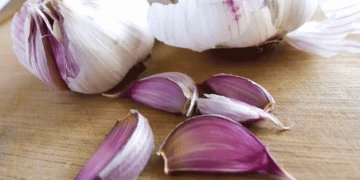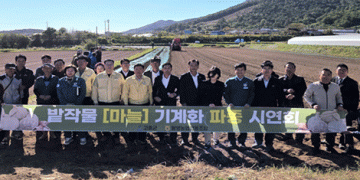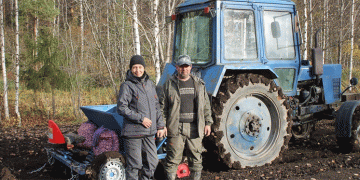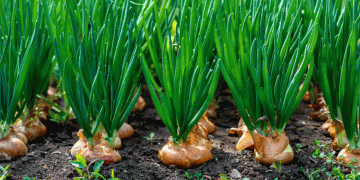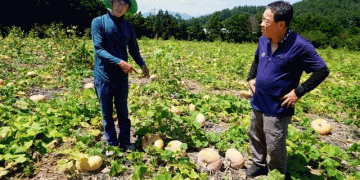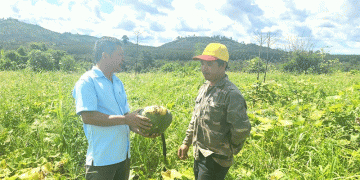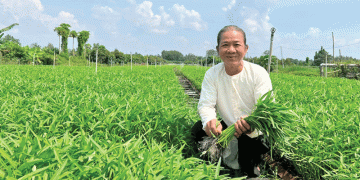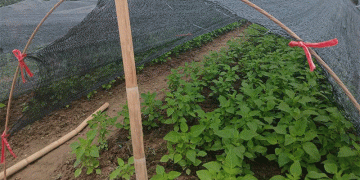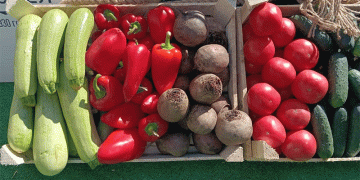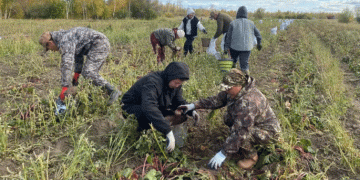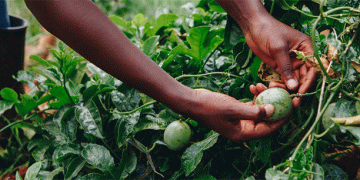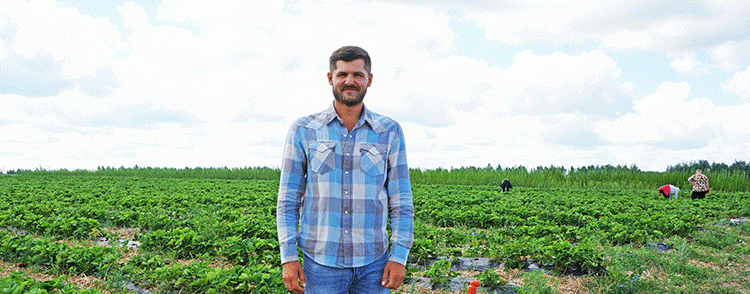In Russia’s Central Federal District, a region synonymous with climatic risk and agricultural uncertainty, success is not a matter of chance but of strategy. The journey of farmer Dan Didik, who relocated from Moldova just a few years ago, provides a compelling case study in how to build a resilient and profitable agricultural enterprise from the ground up. His story underscores that in the volatile “middle lane” of Russia, a deliberate focus on high-value, diversified production is key to weathering both market and meteorological storms.
Didik’s venture, launched in 2020, began with a modest 6-hectare land purchase. Strategic use of a 5-million-ruble development grant was pivotal, allowing for the initial acquisition of essential machinery. This aligns with global data on agricultural start-ups; a FAO report on smallholder profitability emphasizes that access to capital for foundational infrastructure is one of the most significant barriers to entry and a primary driver of early success. Today, Didik manages 13 hectares, half of which are leased, demonstrating a scalable model that balances investment risk with growth.
The Diversification and Value-Added Strategy
The core of Didik’s success lies in his choice of crops. Instead of conventional broad-acre grains, he focused on a diverse mix of about 100 varieties of fruit, berry, and ornamental shrubs—all adapted to the local climate. This includes:
- Berries: Strawberries, raspberries, blackberries, currants, and honeysuckle.
- Ornamentals: Spirea and ninebark.
- New Ventures: Recently added large-size trees for urban landscaping.
This diversification is a proven risk-management tool. A study published in the Journal of Agricultural and Applied Economics found that diversified horticultural operations can see income stability increases of up to 25% compared to single-crop systems, as they are less vulnerable to the failure of any one crop.
Didik has also masterfully built multiple revenue streams. He sells directly to locals, supplies small wholesalers, and has a contract with the “Tula Fruit and Berry Company” for processing. Furthermore, a partnership with landscape design firms for greening projects in Moscow and Tula adds a high-value B2B channel, ensuring consistent demand for his ornamental plants.
Confronting Challenges with Technology
The path has not been without setbacks, which themselves are instructive. This summer, adverse weather led to a 70% loss of his open-field strawberry crop—a stark reminder of the region’s definition as a “zone of risky farming.” In response, Didik is pivoting to controlled-environment agriculture. His plan to build several large greenhouses for strawberries using Dutch technology is a direct move to mitigate climate risk. According to research from Rabobank, greenhouse production can reduce weather-related yield losses by over 80% for high-value crops like berries.
His next strategic step is to achieve greater input independence by starting in-house, cassette-method propagation of planting material. This addresses a major cost center; high-quality strawberry plugs can cost a farm thousands of dollars per hectare annually. Bringing this process in-house will significantly improve margins and supply chain control.
Dan Didik’s story is more than an individual success; it is a replicable blueprint for modern agriculture in challenging environments. It demonstrates that profitability is found not in competing with large-scale commodity producers, but in carving out a high-value, diversified niche. The strategic use of grants for startup capital, a focus on direct sales and value-added partnerships, and a proactive shift to protected cultivation to manage risk are all transferable principles. For farmers, agronomists, and investors, his journey proves that with the right strategy, even the most unpredictable climates can yield abundant harvests.















